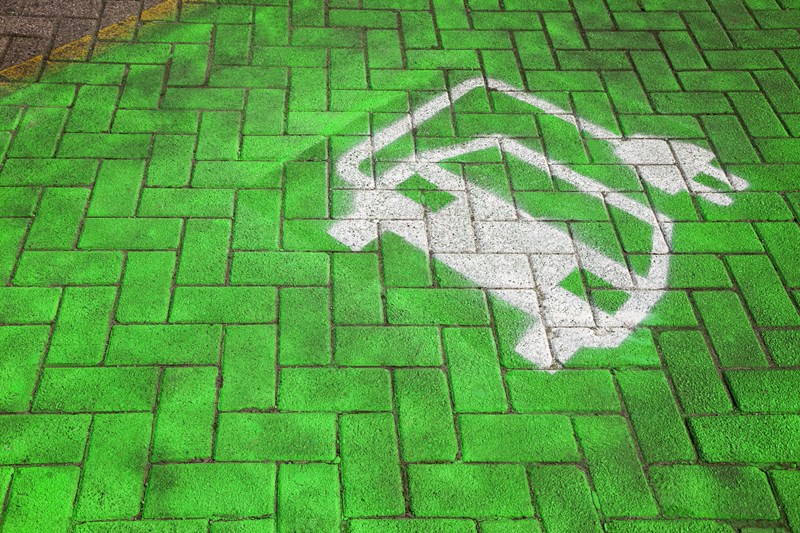Electric vehicle growth set to accelerate through the 2020s
Cheaper batteries, faster charging and greater ranges will make the 2020s the decade of the electric vehicle
1 minute read
The 2020s are set to be the decade of the electric vehicle. At the start of the 2010s, battery electric vehicles (BEVs) typically had a range of 80 to 100 miles. Overnight charging was a daily necessity. Forgetting to plug in the vehicle and being stranded at home in the morning was a reality. Today, the driving range of an electric car is 200 to 250 miles and can be up to 373 miles as is the case of the Tesla Model S long range. An average customer could drive the vehicle for a whole week before needing to charge. This goes a long way in addressing range anxiety, the number one reason quoted by car buyers to not buy a BEV.
The most expensive part of a BEV is the battery pack. Lithium-ion packs have dominated the industry. Over the last 10 years, the cost of these packs has fallen dramatically. BEVs are expected to reach price parity with conventional vehicles at point of sale in this decade. In the meantime, considering the cheaper operational cost, the total cost of ownership over a 10-year period is already lower for a BEV. These twin trends of increasing range and decreasing pack prices are expected to continue onto the next decade, pushing BEV market share to new heights.
We have linked our EV view and our energy storage projections to illustrate future demand for battery raw materials such as lithium and cobalt. Get answers to the most frequently asked questions about battery raw materials here.
Tesla, the most popular BEV manufacturer today, saw its market capitalisation exceed US$100 billion early in 2020, making it nominally the second-largest automaker behind Toyota and ahead of VW. This level of investor confidence has not gone unnoticed by the traditional automakers. They are changing their views on BEVs from a tool to comply with emission regulations to a product that will determine their future profitability. VW for instance has taken an all-in approach and expects that 45% of its sales will come from BEVs by 2028. Many automakers have also signed deals with BEV start-ups, battery manufacturing companies and even going as far upstream as lithium mining companies. This shows the belief the automakers have in the coming transition and how seriously they are preparing for it. Considering these aspects, Wood Mackenzie’s base case projects the market share of BEV sales will increase from 3% in 2019 to 14% by the end of the decade.
How green is an electric vehicle?
For those concerned about greenhouse gas emissions, BEVs have zero tailpipe emissions but are not zero emissions from well to wheel. The emissions are merely moved from tailpipe to manufacturing and power generation. WoodMac's study suggests on a well-to-wheel basis, BEVs are 67% cleaner than a comparable ICE vehicle. But, without a clean power source, BEVs can be as polluting as any other mode of transport. A BEV charged mainly at home in a region with heavy coal use can be potentially more polluting than a hybrid electric vehicle.
In 2018, we asked, how green is an electric vehicle, and we shared our methodology for comparing electric vehicles and internal combustion engine vehicles.

How electric vehicle growth impacts global commodity markets
Wood Mackenzie projects demand for global petroleum products to fall by 1 million barrels a day from the effect of BEVs alone. We also project automotive batteries to form the bulk of the demand globally for metals such as lithium (69%) and cobalt (46%). The need for charging infrastructure is expected to create new industries for installing and maintaining charging stations. For a more thorough analysis of the impact, see our H2 2019 electric vehicle long-term outlook.
Large-scale adoption depends on three critical factors
At a 3% penetration, today’s BEV buyers are primarily innovators and early adopters. As a group, they are far more forgiving of the shortcomings and disadvantages of the technology. They see it for what it can be rather than what it is. To reach a high penetration level, BEVs have to appeal to people who ‘just want a good car’. To achieve that basic status, BEVs will have to be cheap, reliable and, most importantly, convenient to charge. Without a strong case to drive people towards BEVs, large-scale adoption may never come to pass.
Above all, however, buying a car is an emotional decision. Loss aversion means consumers tend to stick to technology they already know and rely on. If consumers think a car’s range is insufficient for their purpose or if they feel the charging infrastructure is lacking, regardless of the reality, they will choose to fall back on buying an ICE model or extending the life of their existing ICE vehicles. Wood Mackenzie’s team of BEV experts will be watching automakers and governments closely to see how they try to persuade the consumer that the merits of BEVs outweigh any disadvantages.
Where to find out more about the short-term and long-term outlooks for electric vehicles
Get your complimentary copy of the seven-page report on which this article is based. It includes monthly data on EV sales in China and globally, detailed battery pack pricing data, battery-pack energy density projections to 2040, annual EV market-share data to 2030 and much more. Fill in the form on this page.
